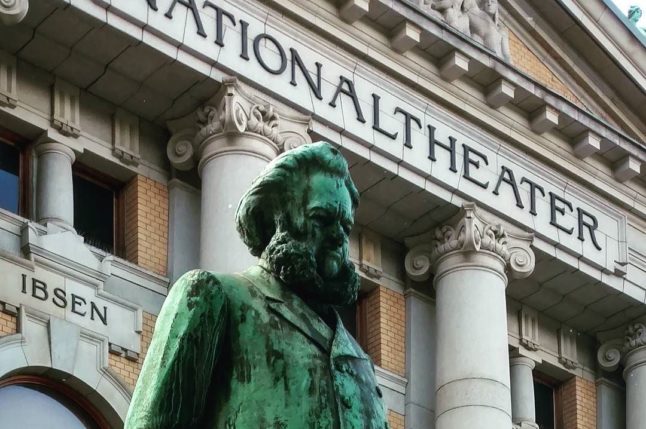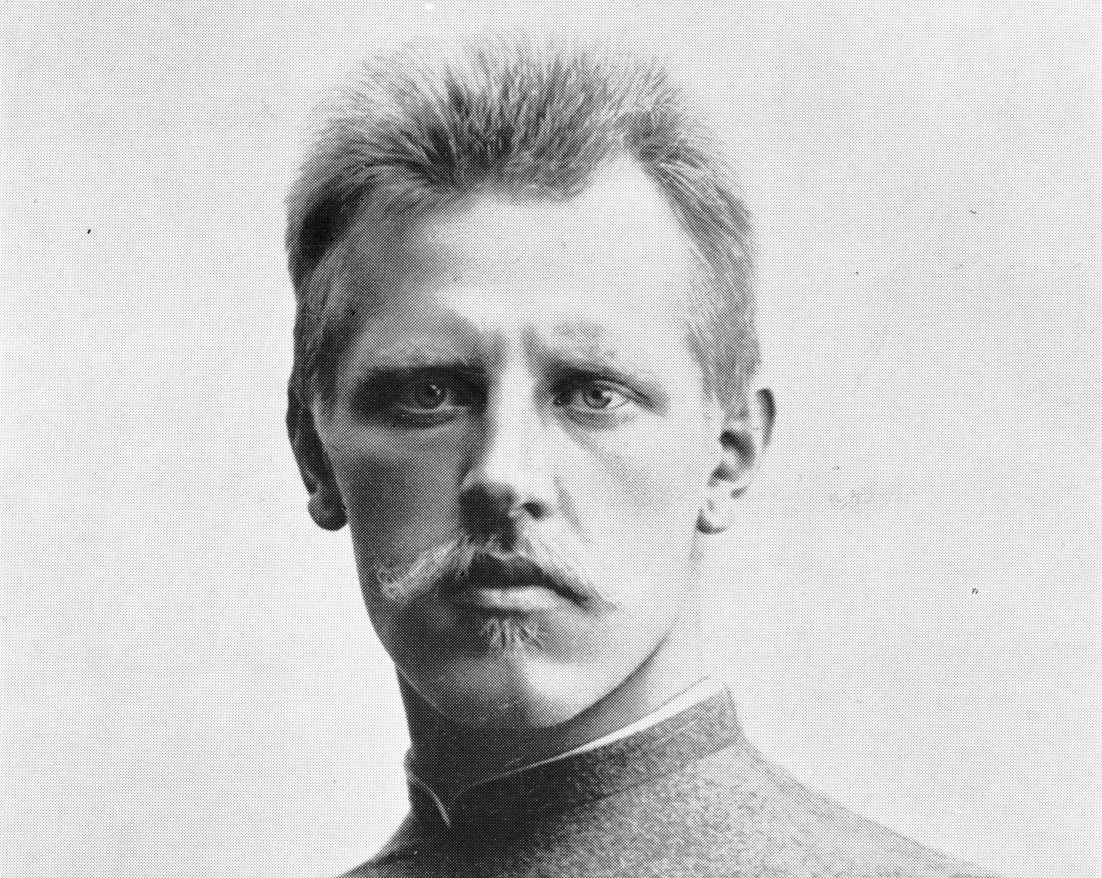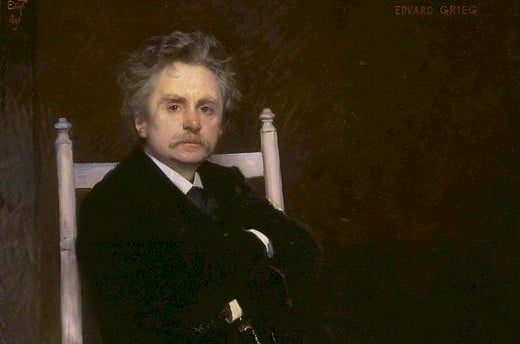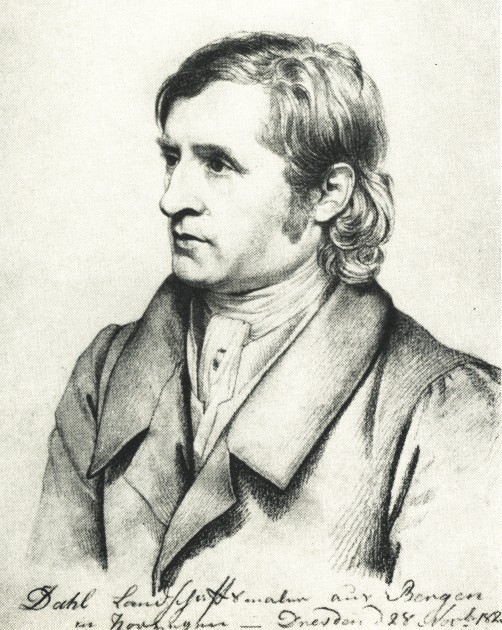The UN Sustainable Development Network has been publishing the World Happiness Report (WHR) every year since 2012.
Approximately 1,000 people from each country participate in this survey annually and are asked to evaluate various aspects of their quality of life.
This year’s report ranks the quality of life in 137 countries. And, almost traditionally (and unsurprisingly), Finland ended up in first place. Denmark followed in second place, with Iceland right behind it.
Norway, on the other hand, ranked lowest among the Nordic countries – in seventh place – the most recent in a series of somewhat underwhelming scores (eighth place in 2022, sixth place in 2021, fifth place in 2020, third place in 2019) for a country that prides itself in its welfare state, work-life balance, and overall quality of life.
The drivers behind Norway’s falling happiness scores
On a scale from 1 to 10, Norway scored 7.3. At the same time, Finland registered a score of 7.8.
Happiness researcher Ragnhild Bang Nes at the National Institute of Public Health (FHI) told the news bureau NTB that Norway is generally expected to be high on the happiness scale but that there has been a downward trajectory in recent years.
“Challenges in Norway include a declining quality of life, especially among the young, and increasing inequality,” Bang Nes explained.
“It is a bit worrying that Norway has had a downward trend. This can probably be explained by the fact that for many years we had stable times in Norway, but in recent years, citizens have faced more hardship than they are used to,” she noted.
The researcher added that the negative trend could partly be related to the declining quality of life among young people during and after the pandemic, more challenging economic times, greater work life uncertainty, and inequality within the population.
“In Norway, we have also had sustained positive development in many areas in recent decades, not least in terms of prosperity. We may be less equipped to face today’s challenges in this country than people elsewhere,” Bang Nes said.
The happiness expert told Norwegian Broadcasting (NRK) that probably the most important reason why a person experiences happiness is being part of a community.
“We need close ties, someone to lean on in crises. We need to be integrated,” Nes pointed out.
The top – and bottom – of the list
Countries plagued by war, such as Afghanistan and Lebanon, ended up at the bottom of the list, along with Sierra Leone.
On the other hand, eight of the top ten countries on the list are European, and the remaining two are Israel and New Zealand.
You can find the full report here.







 Please whitelist us to continue reading.
Please whitelist us to continue reading.
Member comments